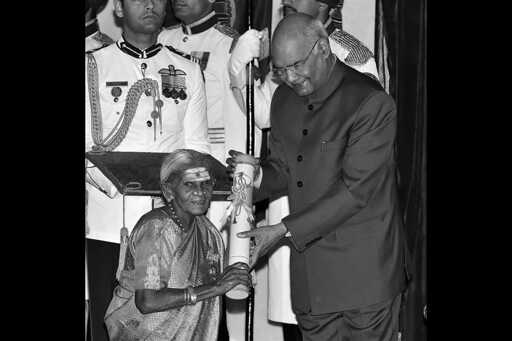Founder’s Briefs: An occasional series where Mongabay founder Rhett Ayers Butler shares analysis, perspectives and story summaries. Along a dusty road between Hulikal and Kudur in southern India, banyan trees rise like sentinels. Their thick roots grasp the earth, their canopies stretch wide, casting deep shade over the red soil. Travelers who pass beneath them find little reason to wonder how they came to be, or who first pressed a sapling into the ground more than seventy years ago. Yet that green corridor—nearly four hundred trees strong—was the life’s work of a woman who owned almost nothing and asked for even less. She was born around 1911, in a village so small it barely warranted a name on a map. There was no school; she worked as a laborer in a quarry. She married young, to a man who stammered and shared her steady resilience. They were childless, a fact that in rural Karnataka brought more than sorrow—it brought shame. One day, she later recalled, the couple decided to plant trees instead, “and tend to them like we would our children.” So they did. In the dry season, they carried pails of water for miles to nurture their banyans. They fenced them from grazing cattle, shaded them from heat. In time, their “children” took root. Her name was Saalumarada Thimmakka—the epithet “Saalumarada,” meaning “row of trees,” bestowed by neighbors once her work transformed the landscape. Long after her husband died, she continued to walk the roadside she had greened, touching…This article was originally published on Mongabay
From Conservation news via this RSS feed


